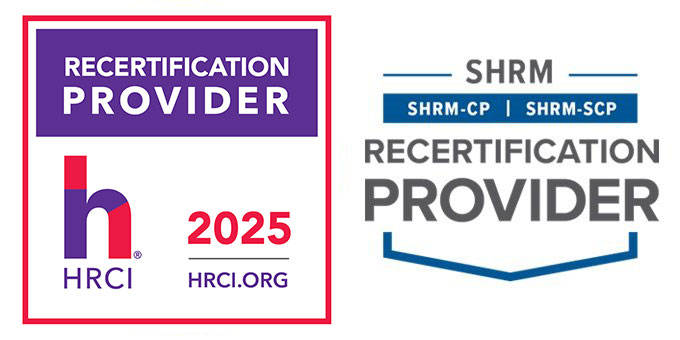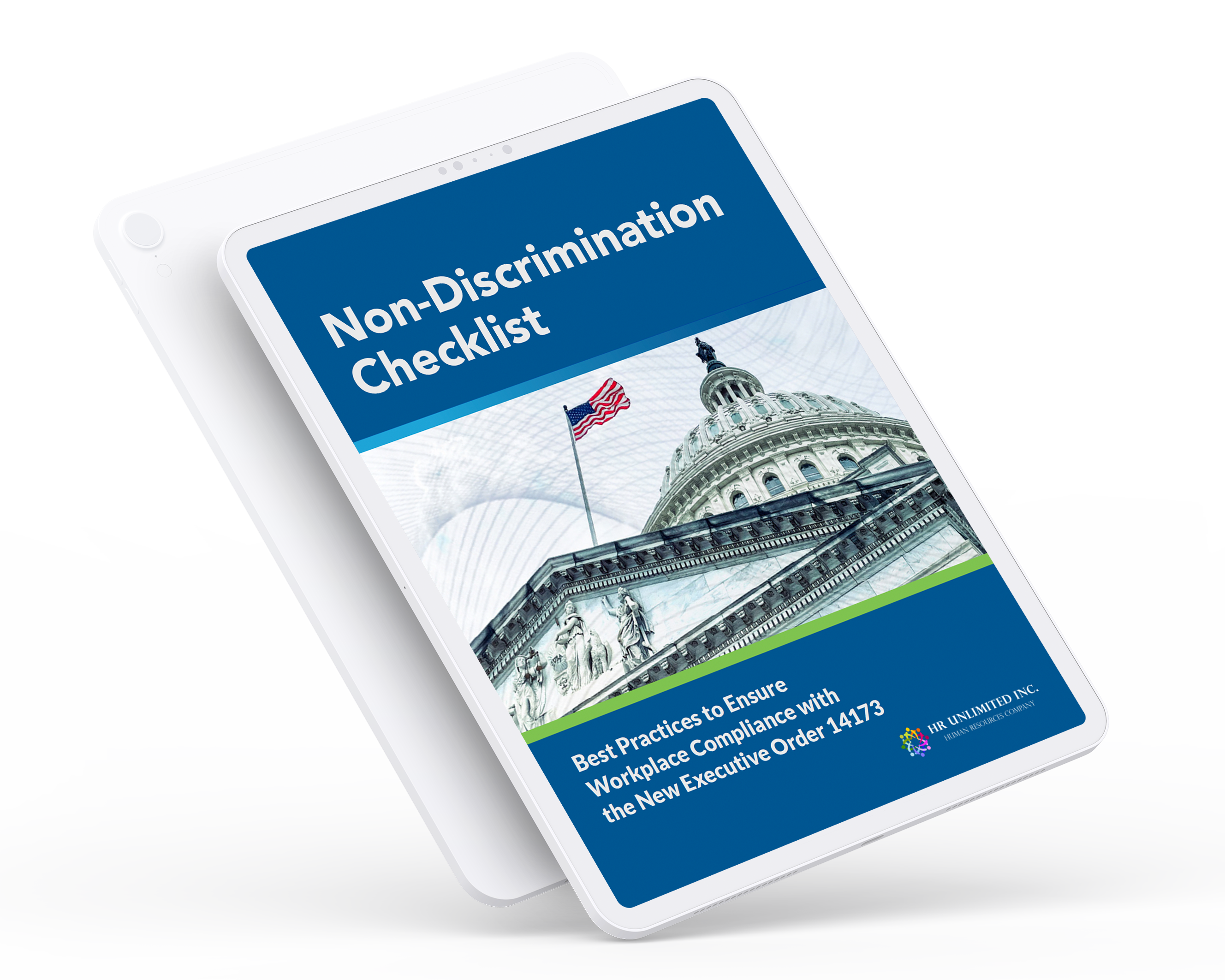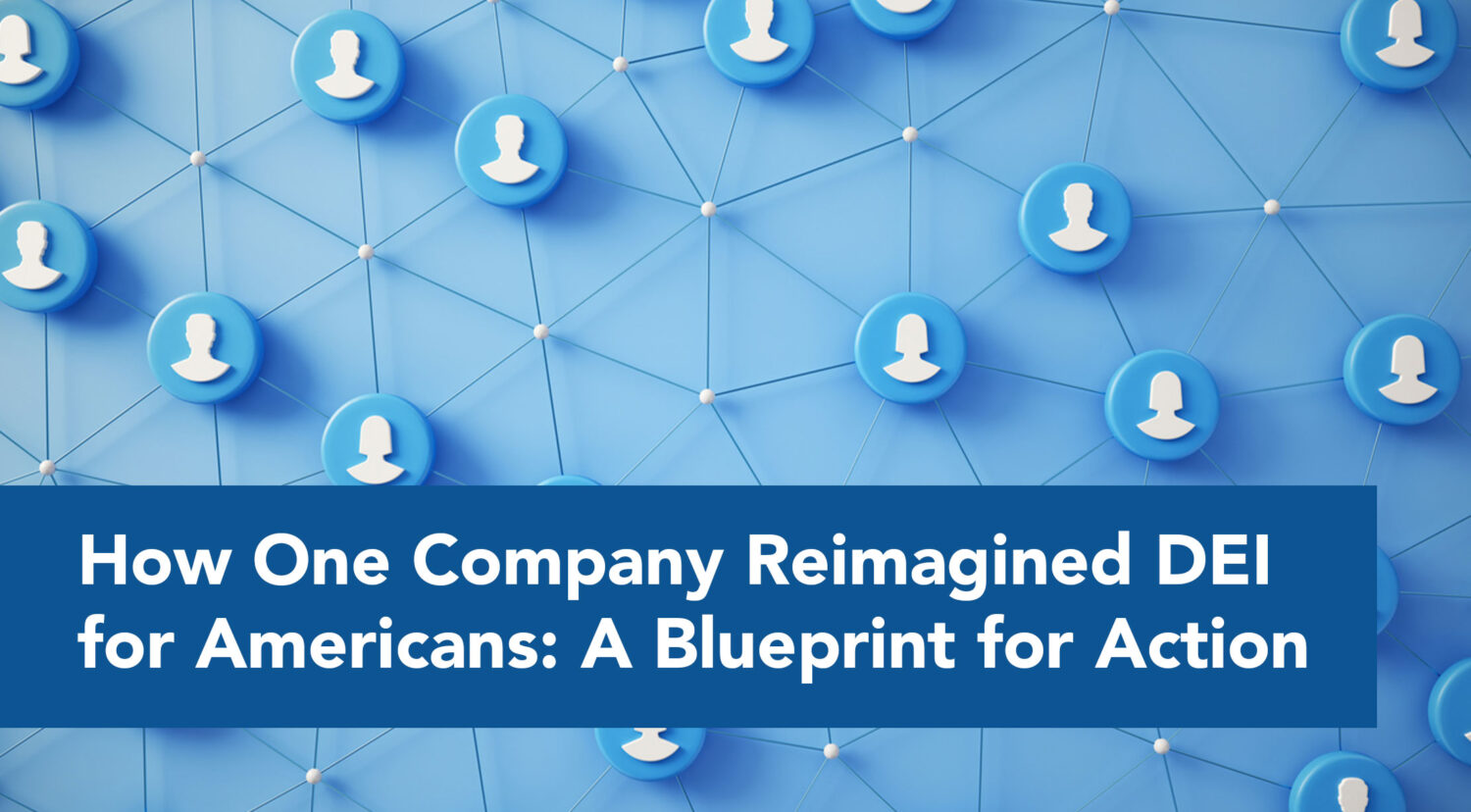

According to the US Department of Labor, workplace harassment can be based on race, color, religion, sex (including gender identity and pregnancy), national origin, age, disability, genetic information, sexual orientation, or parental status.
Prohibited workplace harassment may take either of two forms. It may entail “quid pro quo” harassment, which occurs in cases in which employment decisions or treatment are based on submission to or rejection of unwelcome conduct, typically conduct of a sexual nature. Workplace harassment may also consist of offensive conduct based on one or more of the protected groups mentioned above that is so severe or pervasive that it creates a hostile or offensive work environment or when it results in an adverse employment decision (such as being fired or demoted).
Avoiding the High Cost of Claims
Workplace harassment is an ongoing and very real issue that exists in companies including small, large, non-profit and for-profit firms. According to a reliable source, the national average cost for settling a sexual harassment claim is $40,000.00. Such harassment claims are filed daily, so it literally pays to be protected and aware.
For example, last month non-profit organization Goodwill settled a sexual harassment lawsuit for $850,000. The suit stemmed from an investigation by the U.S. Equal Employment Opportunity Commission after complaints were made against Goodwill and affiliate Calidad Industries Inc. in California.
According to the lawsuit, a supervisor at the Oakland Federal Building repeatedly harassed six female janitors, including one young woman with developmental disabilities. These women were relatively new to the workforce and were employed under a federal government contract by Goodwill/Calidad’s janitorial operations.
In addition to the allegations of sexual harassment contained in the lawsuit, it also includes charges that two managers were unfairly criticized and disciplined in retaliation for supporting the women’s sexual harassment claims. The lawsuit even alleges that one manager was compelled to resign.
In addition to the financial settlement, Goodwill also agreed to: Revise their EEO policies, institute supervisor accountability policies concerning discrimination issues, conduct comprehensive workforce training, and hire a consultant to monitor any responses to future complaints. To fully comply with the agreement’s terms, the companies are also required to provide regular reports to the EEOC.
This is one of at least seven settlements spurred from EEOC sexual harassment allegations so far in 2018. The Goodwill settlement was the largest among them and the smallest was reached earlier this month by LA Fiesta Fresh Mexican Grill and Cantina, which agreed to pay $25,000.00.
The good news is that sexual harassment claims are largely avoidable. Here are a few “best practices” for employers who want to learn how to prevent sexual harassment in the workplace.
Understanding the Law
Title VII of the Civil Rights Act of 1964 protects employees from sexual harassment which is a form of sex discrimination. The law applies to employers with 15 or more employees, as well as employment agencies, labor organizations, and the government.
Sexual harassment, as defined by the law, includes unwelcome sexual advances, requests for sexual favors, and other verbal or physical conduct. This conduct applies to actions that affect an individual’s employment, unreasonably interferes with an individual’s work performance, or creates an intimidating, hostile, or offensive work environment.
According to the EEOC, sexual harassment also includes unlawful retaliation “against an individual for opposing employment practices that discriminate based on sex or for filing a discrimination charge, testifying, or participating in any way in an investigation, proceeding, or litigation under Title VII.”

Common Misconceptions
In cases of sexual harassment, victims do not have to be of the opposite sex. In January, tourism company Discovering Hidden Hawaii Tours agreed to pay $570,000 to settle a lawsuit stemming from male-on-male sexual harassment.
Along with beliefs that the harasser tends to be a member of the opposite sex, many believe employees are only protected from harassment from a supervisor, agent of the employer, a supervisor in another area or, a co-worker. But employees are also protected from harassment from non-employees and it’s up to employers to ensure they are protected.
Additionally, employees claiming sexual harassment do not actually have to be the person harassed. Those filing a complaint can be any employee who has been affected by the offensive conduct.
While those sexually harassed can also often be the victim of economic injury or even lose their jobs as a result of the harassment, an employee does not have to experience these effects to have a valid sexual harassment complaint. All that is required is that the harasser’s conduct is unwelcome.
Preventability
When an employer is alerted to an instance of sexual harassment, it is extremely important that they take the necessary actions to address the issue and protect the victim. Swift and sure handling of these complaints can ensure a company’s reputation remains in tact and that they will not be subjected to a lawsuit.
But the “best practices” to address sexual harassment in the workplace are:
―Take the necessary precautions to ensure sexual harassment doesn’t occur in the first place.
Prevention is the best tool employers have for eliminating sexual harassment.
― Employers should clearly communicate to employees that sexual harassment is not tolerated.
This messaging should be included in formal non-discrimination/harassment policies and all
new employee orientation programs. Additionally, employees should be regularly reminded of the
policies regular and no-nonsense training programs.
― It’s vitally important that effective sexual harassment prevention training be given to all salaried and hourly employees.
― Regularly remind employees, in writing, that, since company policies strictly prohibit all
discrimination/harassment, if such misconduct is engaged in by them, they will not
only be subject to corrective action, but, they will have to bear the costs of having to
defend against any such claim, not the company.





